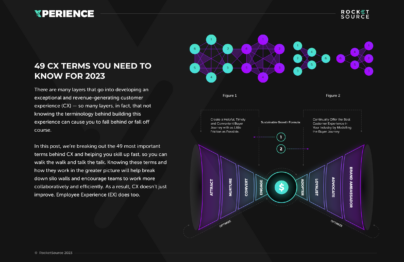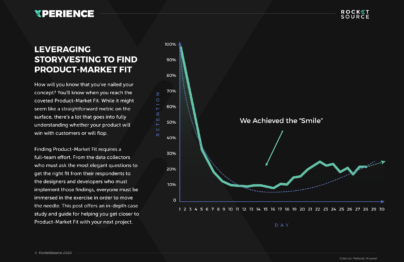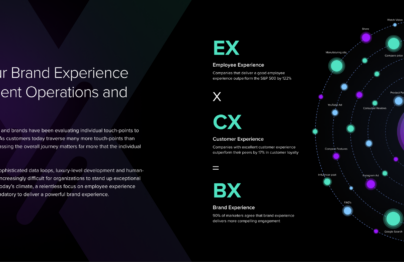Digital asset management is storing, organizing, distributing, and collaborating on a business’s digital materials. Traditionally, organizations have treated their assets like commodities. They’re expensive to find, track and manage. However, in today’s day and age of digital transformation, none of these characteristics apply to digital assets. Instead, digital assets are more readily available and easier to organize but still require governance to manage.
Digital asset management allows teams more access to images, videos, audio, and data while maintaining compliance and control over how it is distributed and used. Aligning teams to leverage these assets for a common purpose is no easy feat.
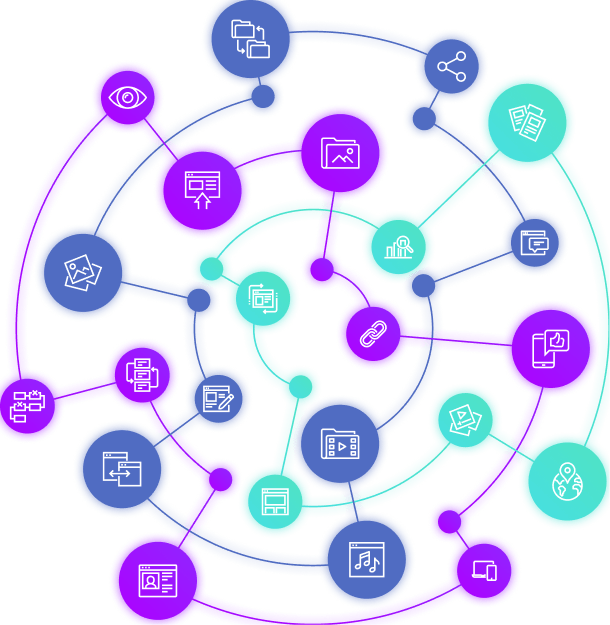
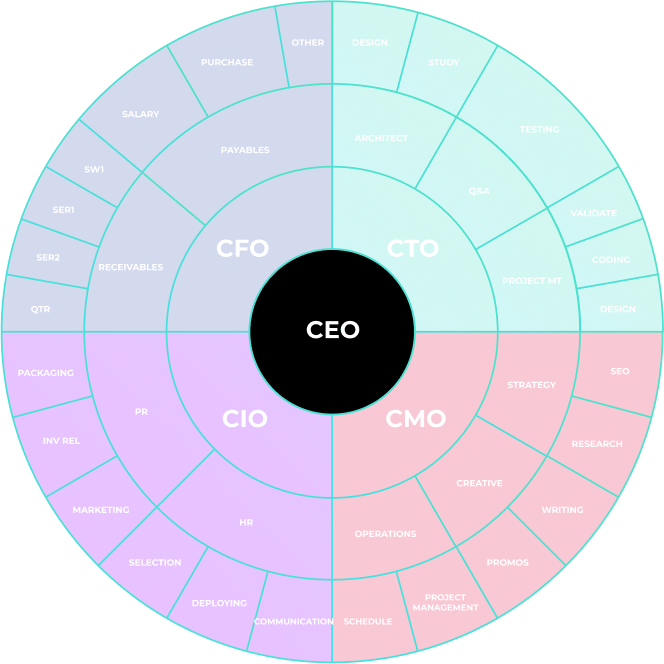
Aligning Digital
Assets Across
Departments
Take the basic organizational structure of a typical corporation today. The CEO leans closely on the other chief officers at the helm. But as teams start branching outward, they move further away from one another.
Today’s modern organizations require businesses to stay aligned across all departments in the way they access, use, store, organize, and edit the organization’s digital assets varies. This alignment requires a sound framework to keep teams on the same page and vested in the core why of the organization. If not, it can lead to tremendous hardship for the business.
Digital Asset Management via the StoryVesting Framework
As an increasing number of organizations focus on digital transformation, there’s starting to be a more holistic look at how digital assets, including data, are managed organization-wide. While there is a cost-savings benefit to having digital assets accessible, making those savings the ultimate driver of transformation can cause organizations to get stuck in the initial stages of their strategy.
When a business leverages a framework like StoryVesting, it can manage its digital assets through a more value-oriented goal. Innovation can then be catalyzed, and while cost savings are often achieved, success is realized on a broader level.
Using a combinatory system to manage digital assets allows the people, processes and platforms to become more aligned, making it easier to tie elements to the emotional and logical decision-making of the consumer.
Digital Asset Management Across the 3 P’s
The way we leverage information and technology has changed dramatically, which means the way we manage the digital assets at our disposal must change too. Without careful analysis of how the 3 P’s operate together — people, platforms and processes — companies will stifle their growth by not seeing gaps in the market and growth initiative opportunities.
A gap analysis is one way to assess how digital assets are managed across the systems and software used within the organization. This analysis also determines how customers receive data and access assets democratized across the organization.
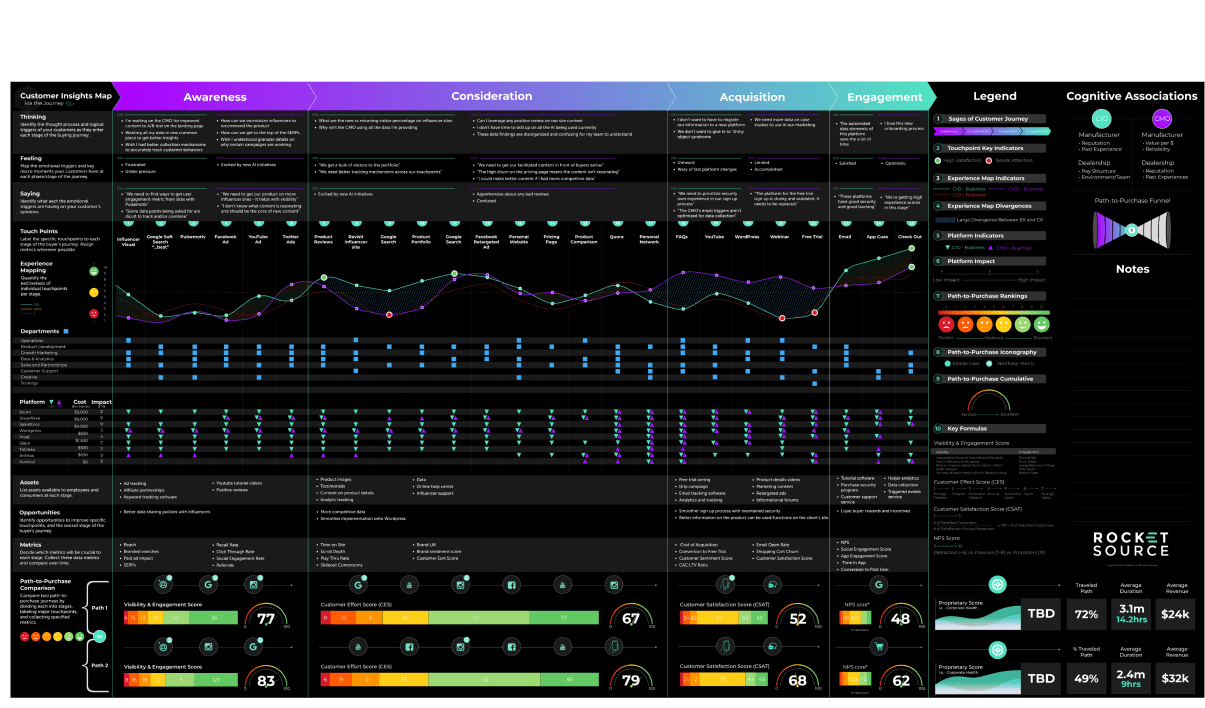

Intelligent Initiatives Reduce Stress
Digital asset management allows organizations to gather, democratize and leverage deeper insights across various micro-moments. In using these digital assets, teams can better predict what customers and employees need to keep both experiences moving forward in harmony.

Execute on New Paths Faster
By taking the guesswork out of analyzing and interpreting what’s available in data and digital assets, organizations can execute new paths faster. This increased time to market is less risky because it uses insights, infrastructure and expertise to gather the right data and showcase that data across new experience initiatives.

Break Down Silo Walls
Silo walls are toxic to an organization. When teams collaborate and communicate effectively, they’re better able to tap into the insights in the business’s digital assets. Democratizing these assets allows silo walls to drop, allowing each department to monitor their data points and access insights when making core decisions.
Customer Experience (CX) Terms
- 360° Degree View of the Customer
- AI Ops
- Barlow Bands
- Behavioral Triggers
- Bow Tie Funnel
- Brick-to-Click
- Business Impact Analysis (BIA)
- Cognitive Computing
- Cohort Analytics
- Content Mapping
- Conversational User Guidance
- Customer Data Profile
- Customer Experience (CX)
- Customer Friction
- Customer Insights Map
- Customer Journey
- Customer Journey Mapping
- Customer Satisfaction (CSAT)
- Customized Ratios
- CX Intelligence
- CX Led Growth
- CX Metrics
- Data as a Product (DaaP)
- Data as a Service (DaaS)
- Data Culture
- Data Driven
- Data Engineering
- Data Fabric
- Data Governance
- Data Humanization
- Data Hygiene
- Data Looping
- Data Mapping
- Data Mining
- Data Modeling
- Data Monetization
- Data Swamp
- Data Visualization
- Data Warehouse
- Data-Centric
- Descriptive Analytics
- Diagnostic Analytics
- Digital Asset Management (DAM)
- Digital Transformation
- Dirty Data In Dirty Data Out
- Embedded Intelligence
- Empathy Mapping
- Employee Data Profile
- Employee Experience (EX)
- EX to CX Data Mapping
- EX to CX Mapping
- Experience Management (XM)
- Gap Analysis
- Generative AI
- Human-Centered Design (HCD)
- Journey Analytics
- Machine Learning (ML)
- Managed Agile Services on Demand
- Modified Hoshin
- North Star Metric
- Party Data
- Pathway to Purchase
- Predictive Analytics
- Product-Market Fit Mapping
- Real Time Design Looping
- Revenue Acceleration
- RevOps
- S Curve of Growth
- Stack Impact Analysis
- StoryVesting
- Table Stakes Testing
- The 3 P’s
- User Experience (UX)
- User Insights Map
- User Interface (UI)
- Voice of the Customer (VoC)
- Voice of the Employee (VoE)
- World Cloud Generator Sentiment Mining
- X Analytics

